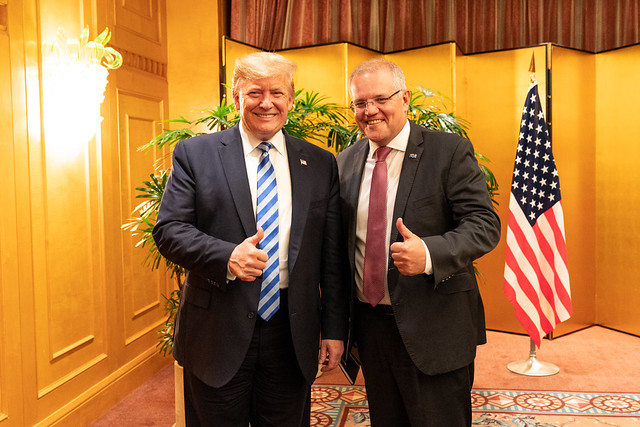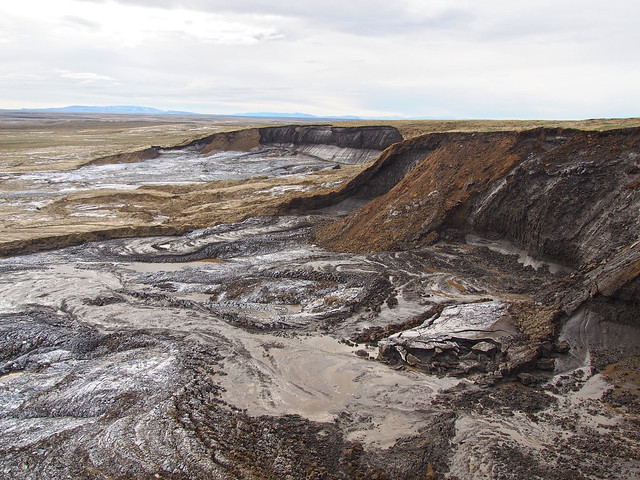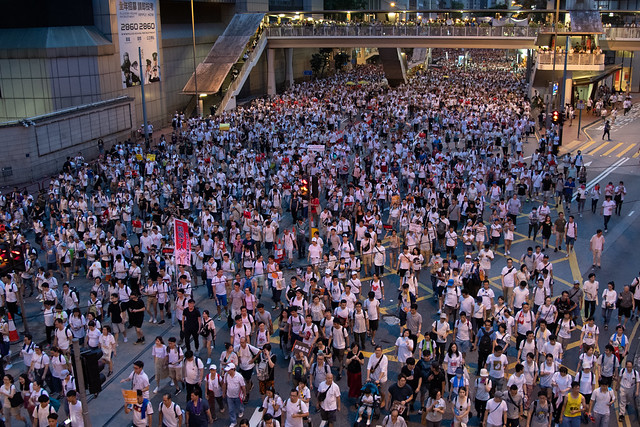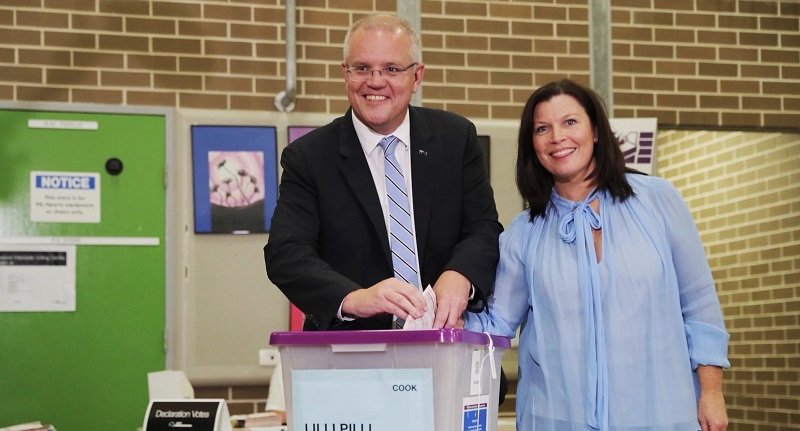ASPI suggests

The world
Team Suggests is following the Turkey–US saga as the first Russian-made S-400 anti-aircraft missile systems arrive in Ankara. For an explanation of why Turkey would purchase Russian weaponry despite the US’s stern warnings, see The National Interest. The US claims that, once deployed, the S-400 could collect sensitive information on the F-35, which explains why Turkey has now been ejected from the program. And Foreign Policy has an interesting read on how the US is using the F-35 program to increase its influence among its allies while also leaving them totally reliant on it for their security.
It’s been argued that US President Donald Trump’s racist attack on four non-white congresswomen this week undermines the foundational ethos of the US constitution. In The New Yorker, Susan Glasser contends that the rhetoric around sending the women back to where they came from (despite three of the four having been born in the US) is all part of a Trump tactic to rev up support among his far-right base in the lead-up to the 2020 presidential election. The Atlantic has two fabulous reads on this theme: Ben Zimmer argues that attempts to water down the racism accusation on semantic grounds fall flat as racism ‘cannot be decided solely by dictionary definitions’; and Adam Server sounds a sobering warning that Americans’ actions now will determine their future as a nation. This CNN article points out that other world leaders’ silence on the issue will further weaken the foundations of the liberal international order.
A US report has found that radiation levels on some atolls in the Marshall Islands—a testing ground for US nuclear weapons in the 1940s and 1950s—are up to 1,000 times higher than areas around Chernobyl and Fukushima. The findings come amid heightened discussion surrounding nuclear weapons both nationally and internationally. The Conversation notes that even if Australia wanted to acquire nuclear weapons, it simply doesn’t have the infrastructure or industry to build them, and, in The Strategist, Rod Lyon suggests there are some scenarios that would prompt Australian nuclear proliferation. As Iran increases its uranium enrichment, The National Interest believes it would take at least a year for the country to develop a nuclear weapon. And a recent blunder by a Canadian senator revealed the locations of US nuclear weapons throughout Europe! Military Times has the details.
Debate about the Pacific islands has always been prominent in Australia’s security discussion. Recently, Hugh White has mounted the argument that Australia doesn’t have ‘much time’ for the South Pacific and must now abandon traditional ways of strategic thinking, step back and make way for Chinese dominance in the region. The Lowy Institute’s Jenny Hayward-Jones is also sceptical about Australia’s future role in the Pacific as Chinese influence grows. On the other side of the fence, see this article in The Diplomat for an explanation of the importance of the US–Australia relationship, particularly in terms of our joint interests in Asia and the Pacific.
Last week, 22 member countries of the UN Human Rights Council called China out over its mass detention and human rights violations of Uyghur Muslims in Xinjiang. This piece in The Diplomat lays out what happened at the UNHRC meeting. The ABC Four Corners investigation into the plight of the Uyghurs has spurred a national conversation about the need for all countries to take a stand on the issue. Read ASPI researcher Nathan Ruser’s Strategist special report revealing the possible real nature of the so-called re-education camps run by the Chinese Communist Party in Xinjiang. This Guardian editorial sums it up well: nations that don’t speak out are complicit in Chinese repression of the Uyghurs.
Tech geek
It’s 50 years since Apollo 11’s Eagle lander touched down on the moon’s Sea of Tranquillity with Neil Armstrong and Buzz Aldrin at the controls, so it seems apt that this week’s edition of ‘Tech geek’ be space-themed.
Space News has a special ‘Apollo at 50’ edition that covers key issues as the US prepares to return to the moon.
At a NATO defence ministers’ meeting in Brussels, a new space policy was announced that makes it a full operational domain, alongside land, sea, air and cyber. The decision was made in response to the challenge posed by anti-satellite weapons being developed by Moscow and Beijing. France is also creating a space force, similar to the proposed US version.
There are a range of geopolitical, economic and national security factors driving the current effort to get US astronauts back onto the lunar surface as early as 2024. On Radio National’s Late Night Live, Phillip Adams hosted a discussion with Everett Dolman, Namrata Goswami and yours truly, Malcolm Davis, last night.
Are American teenagers losing interest in space? There’s interesting analysis on NASA Watch which shows that while American kids are more interested in instant fame on YouTube, Chinese kids want to go to space.
The differences between the space and cyber domains are blurring and the threat to satellites isn’t just anti-satellite weapons. As this Chatham House analysis shows, cyberattacks on satellites are an increasing concern.
And simply because it’s cool—the hoverboard. What are its potential implications for future army mobility? Even French President Emmanuel Macron is asking this question.
This week in history
As noted in ‘Tech geek’, Apollo 11 launched 50 years ago this week. It took four days for the mission to reach the moon, and the first humans ever to make that giant leap left 21 hours and 36 minutes later. See here for a list of the technologies we take for granted that were developed because of the moon missions. This week five years ago, MH17 was shot down over Ukraine. See this piece in Mashable for a look into that horrifying event.
Multimedia
Still celebrating the Apollo 11 launch, see Al Jazeera for a photo series depicting original images from the event, this tweet by Buzz Aldrin himself and this interactive ABC piece.
Also on Al Jazeera, Inside Story investigates why Turkey’s purchase of Russian S-400 anti-aircraft missiles is so controversial. [25:30]
Podcasts
See The New Yorker: Politics and More for a look back at the Apollo 11 launch and a comparison with the emerging space race of today. [16:22]
ASPI’s Fergus Ryan spoke on On China about Australian politicians’ engagement with the Chinese diaspora on Chinese social media platforms and how it shapes Australian politics. [43:35]
Events
Canberra, 23 July, 12.30–1.30 pm, Australian National University: ‘Cascades of crises: great power collaboration in prevention’. More info here.
Sydney, 23 July, 6–7.30 pm, Australian Institute of International Affairs: ‘What’s wrong with Australia’s Middle East policy?’ Tickets here ($25).









